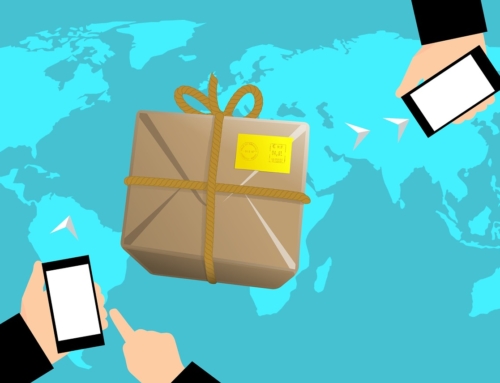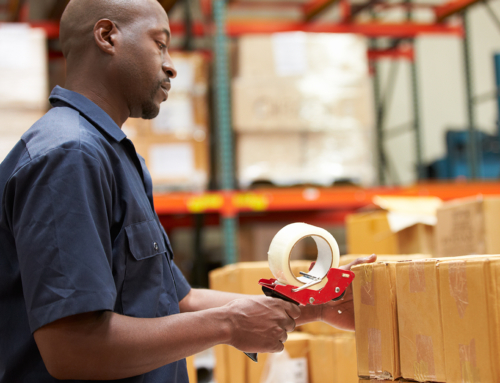It’s no secret that the biggest percentage of returns to eCommerce retailers come from apparel .
Clothing, shoes and other accessories are unique in that the fit really matters a lot. In fact, it’s about the only thing that does. When a customer buys a shirt or a pair of jeans from your eCommerce shop, they’re not just buying a brand or a bargain, they’re buying a look. When that look fails to manifest in their mirror, that item has to go back, lickety-split.
Returns of clothing that didn’t fit properly have plagued apparel retailers long before eCommerce, though. Clothing catalogs were also forced to deal with the fabric menace.
“Try Before You Buy” as a Business Model
You may be drowning in returned t-shirts right now, but some companies, including that Internet giant, are developing business models around the “try before you buy” concept. They have their reverse logistics teams manned with sufficient numbers that it’s easy to handle all the products that are expected to come back.
Instead of offering free shipping labels, though, customers pay for the privilege of trying on clothing in the privacy of their home.
The loss from the herd of packages that the supply chain pushes back into the returns management center like a giant cardboard tidal wave is already figured into this business model. Theoretically, it’s covered by the subscription fee across all customers.
For upper-end retailers and those that already have teams in place to handle the load in a timely manner, a “try before you buy” model may work quite well. Others, though, may continue to struggle against the customer who orders three sizes of jeans to figure out what they really need to look their best.
eCommerce to Brick-and-Mortar Model
There’s always option number two, provided you have a physical location to go along with your digital one.
Customers don’t mind to return items to real stores, especially if that means faster credits. In fact, they may do a little browsing while they’re in the store, see something they definitely can’t live without and end up making an additional purchase. This is a far less expensive way for your shoppers to try before they buy.
Even if you don’t have a physical location, you may be able to strike a deal with a local brick and mortar retailer to rent a small corner of their store to display your wares. In addition, your customers would be allowed to return their items to this store. Workers there would then send them on to your reverse logistics department. Again, the customer gets a chance to try on additional items in the store, reducing the burden on your returns management team.
If your customers like to try before they buy, you’re going to need to proceed with caution. There are a lot of ways that you can lose the farm due to this practice, but there are also many ways to prevent the most common returns. Put it all together to sell more with fewer returns!







Leave A Comment